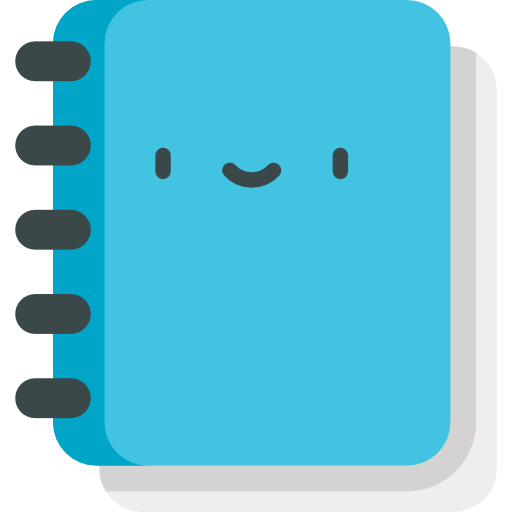Revision Difference
util.GetModelMeshes#564573
<function name="GetModelMeshes" parent="util" type="libraryfunc">
<description>
Returns a table of visual meshes of given model.
<note>This does not work on brush models (`*number` models)</note>⤶
See also <page>ENTITY:GetRenderMesh</page>.
⤶
Retrieves vertex, triangle, and bone data for the visual meshes of a given model.
⤶
<note>⤶
This does not work on brush models (Models with names in the format `*number`)
</note>⤶
</description>
<realm>Shared</realm>
<args>
<arg name="model" type="string">The full path to a model to get the visual meshes of.</arg>⤶
<arg name="lod" type="number" default="0">Which LOD to retrieve. 0 is the best quality, increasing the number lowers the model quaility.</arg>⤶
<arg name="bodygroupMask" type="number" default="0">Bodygroup combination for the model. This can be in format of `"000000"` where each number represents a bodygroup option.</arg>
<arg name="model" type="string">⤶
The full path to the model to get the visual meshes of.⤶
</arg>
<arg name="lod" type="number" default="0">⤶
Which of the model's Level of Detail (LOD) models to retrieve.⤶
⤶
`0` is the best quality with higher numbers progressively lowering the quality.⤶
</arg>⤶
<arg name="bodygroupMask" type="number" default="0">⤶
The combination of bodygroups to retrieve meshes for.⤶
⤶
For more information, see <page>Entity:SetBodyGroups</page>⤶
</arg>⤶
</args>
<rets>
<ret name="" type="table">
A table of tables with the following format:⤶
* <page>string</page> material - The material of the specific mesh⤶
* <page>table</page> triangles - A table of <page>Structures/MeshVertex</page>es ready to be fed into <page>IMesh:BuildFromTriangles</page>⤶
* <page>table</page> verticies - A table of <page>Structures/MeshVertex</page>es representing all the vertices of the mesh. This table is used internally to generate the "triangles" table.⤶
⤶
Each <page>Structures/MeshVertex</page> returned also has an extra table of tables field called "weights" with the following data:⤶
* <page>number</page> bone - The bone this vertex is attached to⤶
* <page>number</page> weight - How "strong" this vertex is attached to the bone. A vertex can be attached to multiple bones at once.⤶
<ret name="modelMeshes" type="table">
A sequential table of <page text="ModelMeshData Structures">Structures/ModelMeshData</page>⤶
⤶
Each index in this table corresponds to a mesh within the model passed as an argument to this function.⤶
</ret>
<ret name="" type="table">
A table of tables containing the model bind pose (where the keys are the bone ID) with the following contents:⤶
* <page>number</page> parent - The ID of the parent bone.
* <page>VMatrix</page> matrix - The bone's bind transform in model (not bone) space. ⤶
<ret name="modelBindPoses" type="table">
A sequential table of <page text="BoneBindPose Structures">Structures/BoneBindPose</page>⤶
⤶
This tables indices are bone IDs for the <page>Structures/BoneBindPose</page> stored at each index.
</ret>
</rets>
</function>
<example>
<description>Simple example usage on a Scripted Entity.</description>⤶
<description>⤶
A snippet of Entity code that renders a wireframe helicopter bomb by retrieving the model's mesh and using it to create a new mesh.⤶
</description>⤶
<code>
-- The default material to render with in case we for some reason don't have one
local myMaterial = Material( "models/wireframe" ) -- models/debug/debugwhite
function ENT:CreateMesh()
-- Destroy any previous meshes
if ( self.Mesh ) then self.Mesh:Destroy() end
-- Get a list of all meshes of a model
local visualMeshes = util.GetModelMeshes( "models/combine_helicopter/helicopter_bomb01.mdl" )
-- Check if the model even exists⤶
-- Make sure the model exists before continuing⤶
if ( !visualMeshes ) then return end
-- Select the first mesh
local visualMesh = visualMeshes[ 1 ]
-- Set the material to draw the mesh with from the model data
myMaterial = Material( visualMesh.material )
-- You can apply any changes to visualMesh.verticies table here, distorting the mesh
-- or any other changes you can come up with
-- Create and build the mesh
self.Mesh = Mesh()
self.Mesh:BuildFromTriangles( visualMesh.triangles )
end
-- A special hook to override the normal mesh for rendering
function ENT:GetRenderMesh()
-- If the mesh doesn't exist, create it!
if ( !self.Mesh ) then return self:CreateMesh() end
return { Mesh = self.Mesh, Material = myMaterial }
end
function ENT:Draw()
-- Draw the entity's model normally, this calls GetRenderMesh at some point⤶
-- Draw the entity's model normally, this will internally call ENT:GetRenderMesh()⤶
self:DrawModel()
end
</code>
</example>
 Garry's Mod
Garry's Mod
 Rust
Rust
 Steamworks
Steamworks
 Wiki Help
Wiki Help